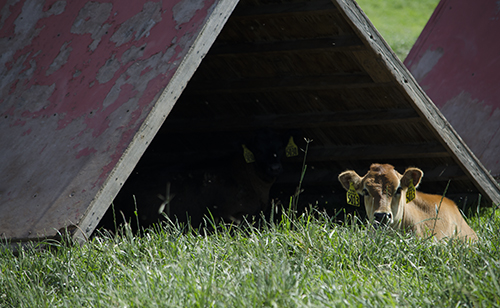
The discussion surrounding passive transfer of IgGs has led the industry to develop many tools to test colostrum quality. These tools do an excellent job of identifying colostrum with high levels of IgGs, but they do not tell us anything about the cleanliness of the colostrum.
According to the Miner Institute's Kayla Hultquist, absorption of the IgGs can be interrupted in the case of dirty, bacteria-laden colostrum.
She suggests total bacterial counts of colostrum need to be below 100,000 colony-forming units (CFU) and total coliform count should be less than 10,000 CFU/mL. Additionally, calf feeders should avoid using milk from Johne's positive cows.
Based on a study conducted in Canada, 12 percent of colostrum samples were high in bacteria. For the most part, this was associated with dirty udders and dirty collection containers. Farms should focus on interrupting these opportunities for bacteria by carefully cleaning and sanitizing feeding equipment between uses and by providing a clean location for calving.
Another opportunity for bacteria lies in temperature fluctuation of the liquid from collection to feeding. Hultquist says bacterial counts in colostrum double every 20 to 30 minutes when it is stored at room temperature.
On many operations, it is also common practice to refrigerate or freeze colostrum. For the sake of limiting bacteria levels, it should only be refrigerated for up to a week or frozen for up to a year.
When thawing frozen colostrum, Hultquist suggests pouring off and refrigerating the liquid as it thaws. After completely thawed, colostrum should be warmed to 101°F to 105°F using a water bath that is no warmer than 120°F.
Once colostrum has been heated for feeding, don't plan on putting it back in the refrigerator. This cooling and heating pattern will lower IgG levels and boost bacteria content.
Don't let the lurking threat of colostral bacteria get your calves off on the wrong foot. Plan and train for correct handling of that first and most important meal.

The author is an associate editor. She covers feeding and nutrition, youth activities and heads up the World Dairy Expo Supplement. Maggie was raised on a 150-cow dairy near Valley Center, Kansas, and graduated from Kansas State University with degrees in agricultural communications and animal sciences.